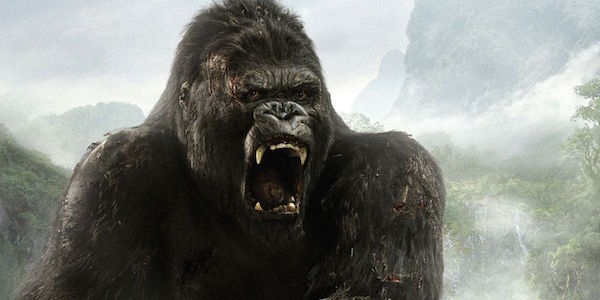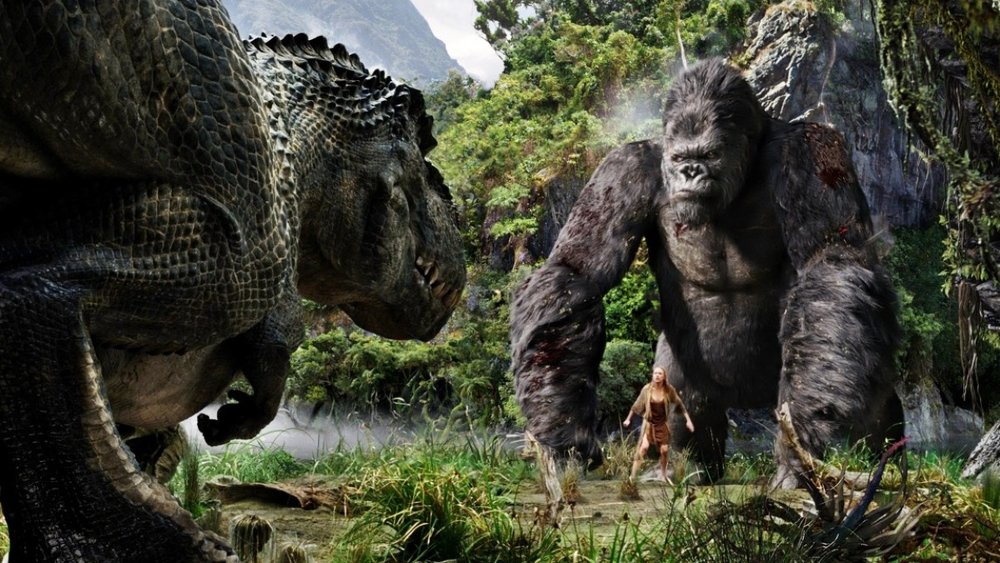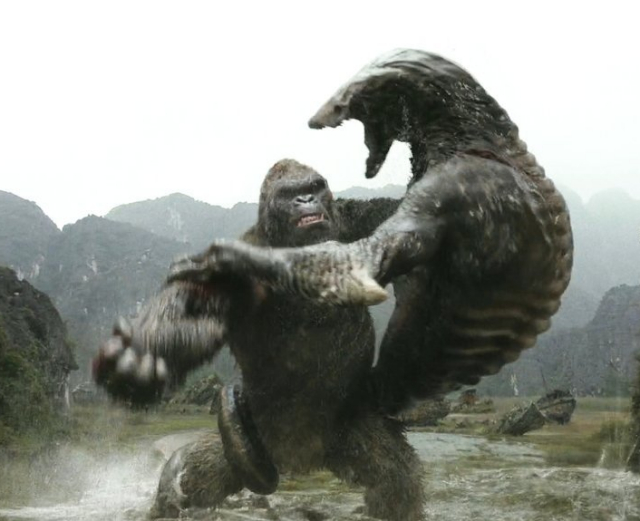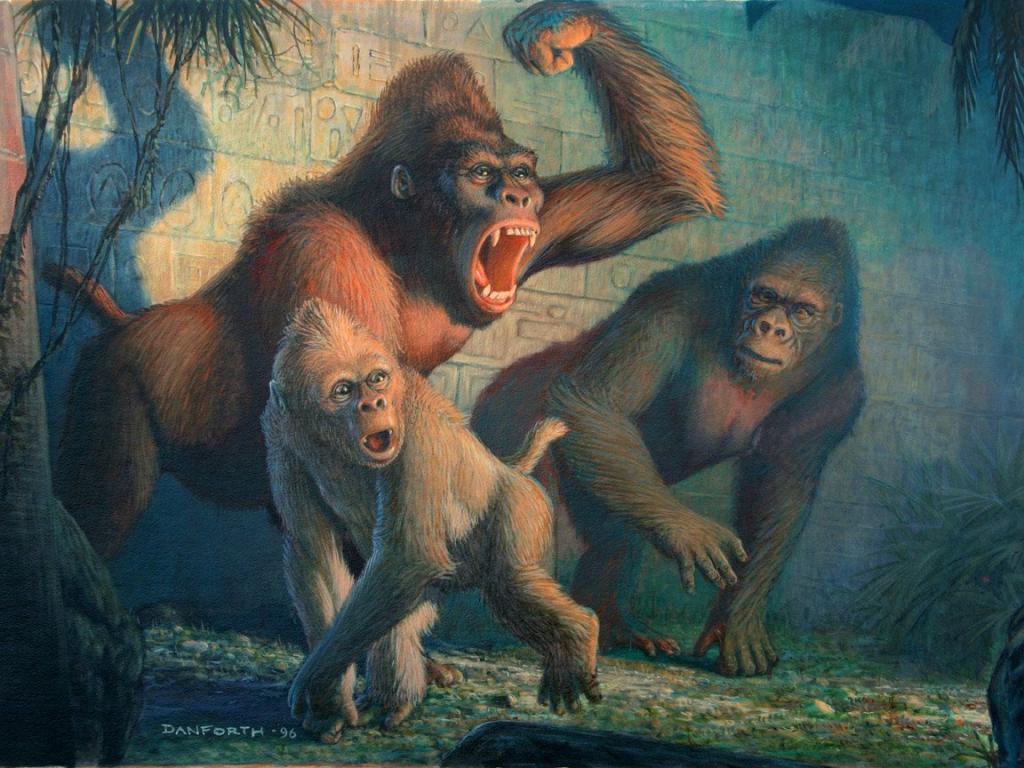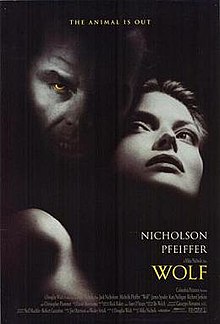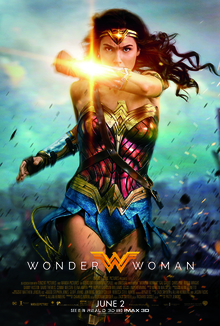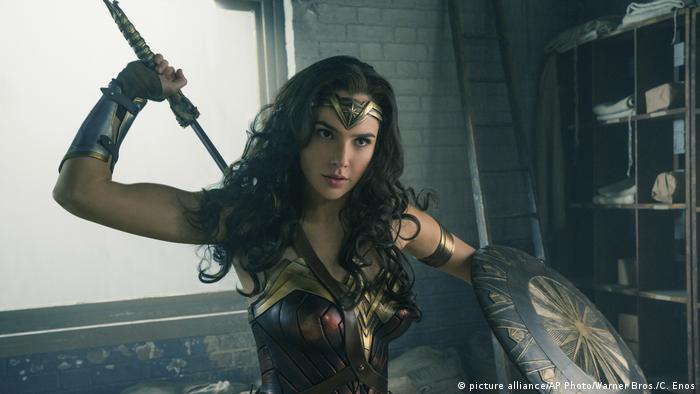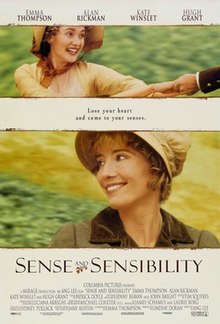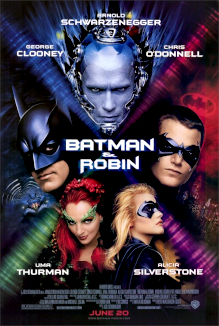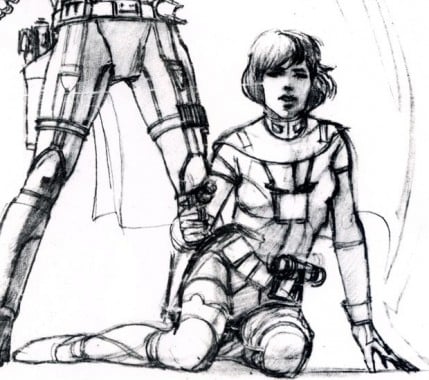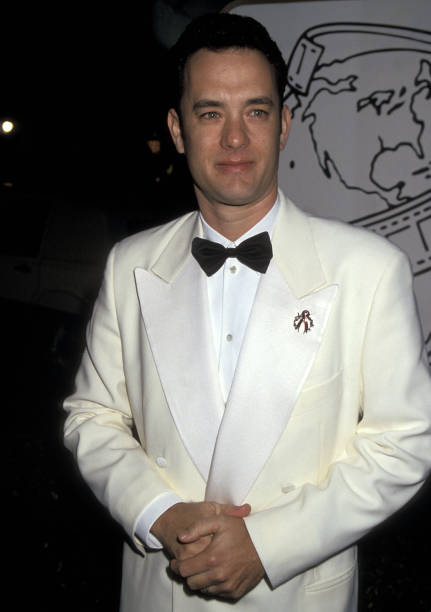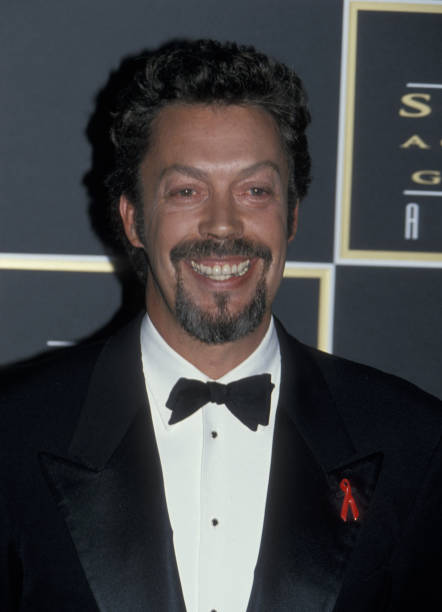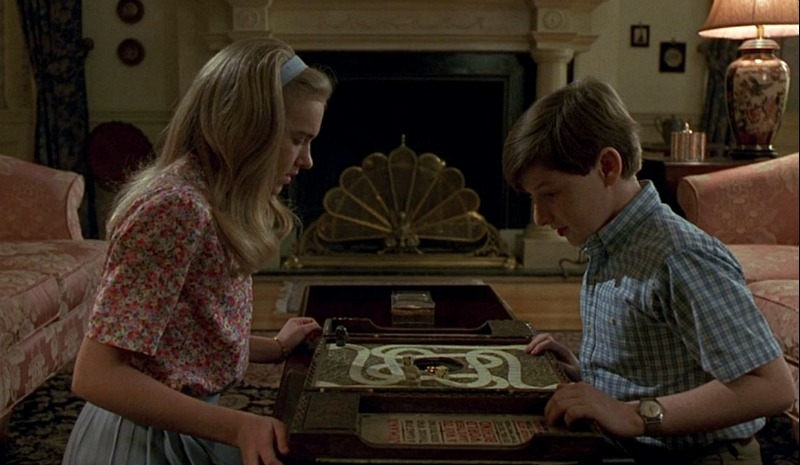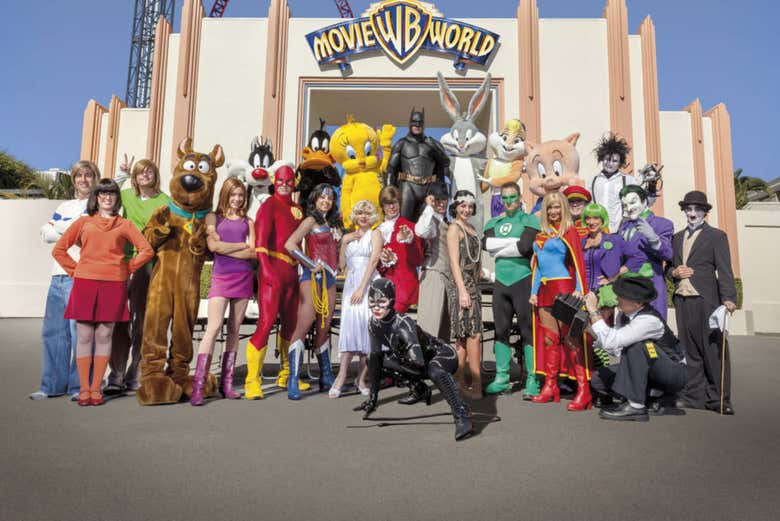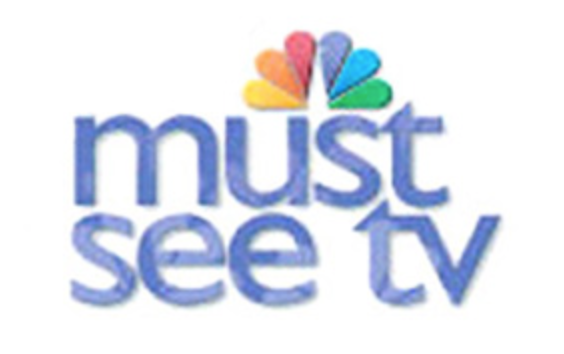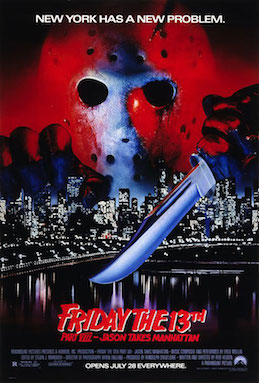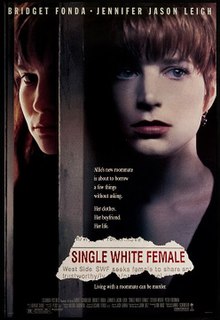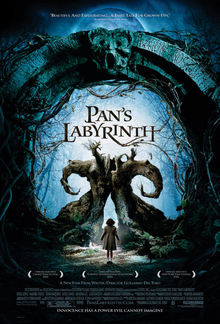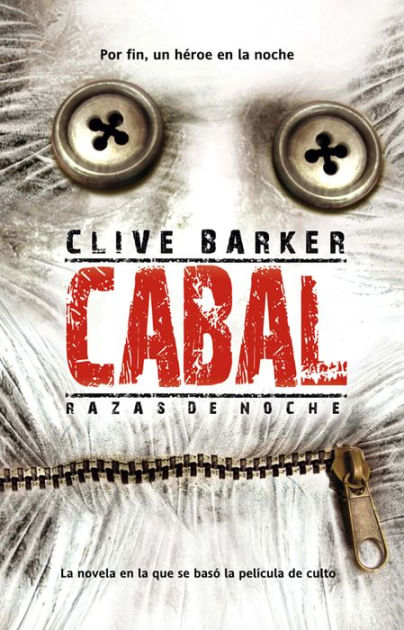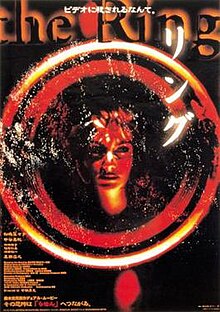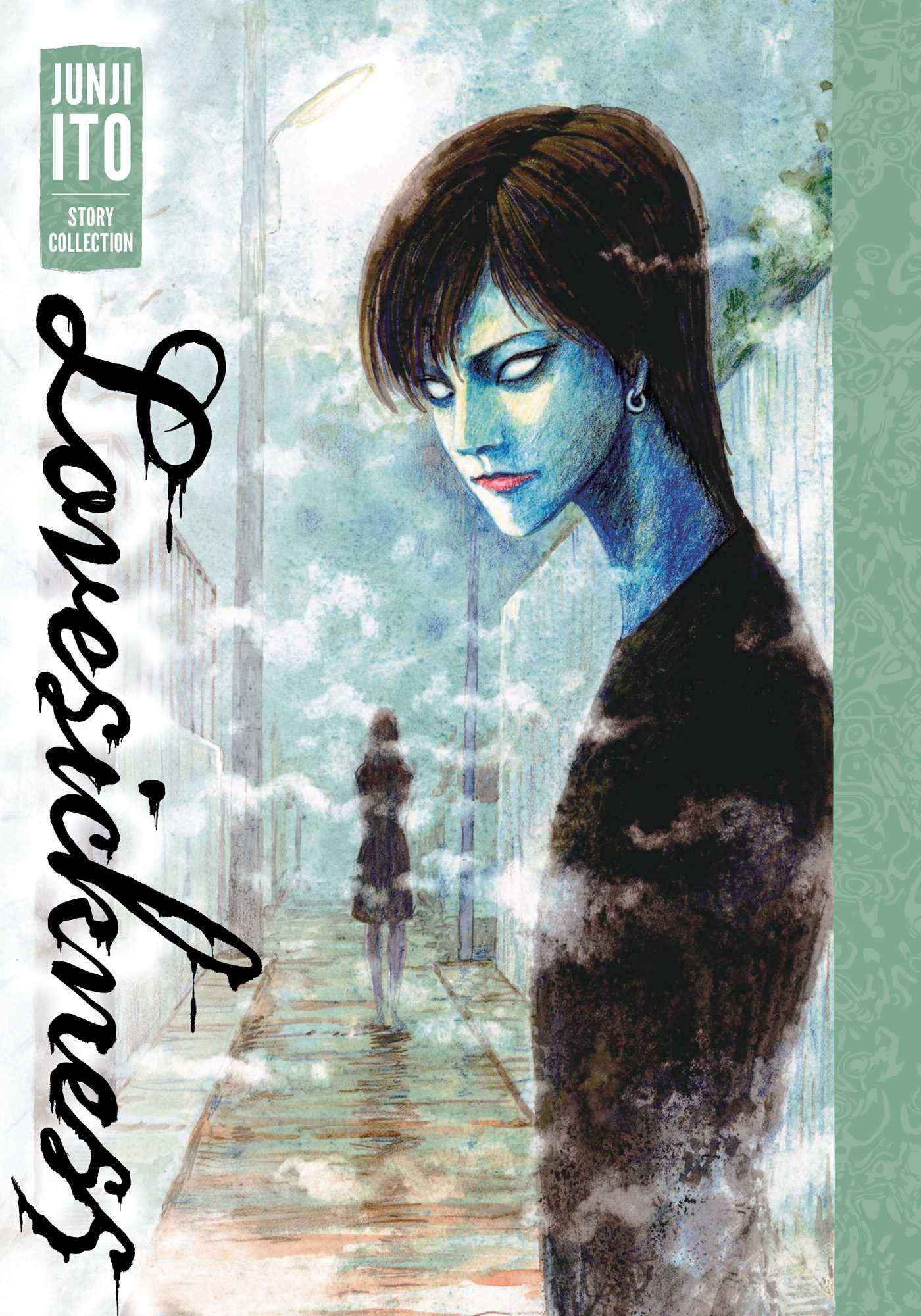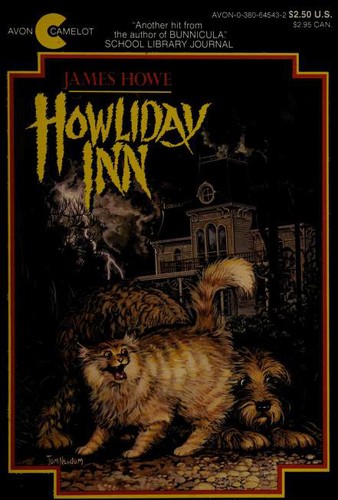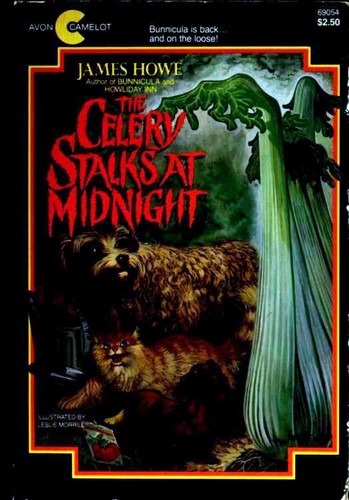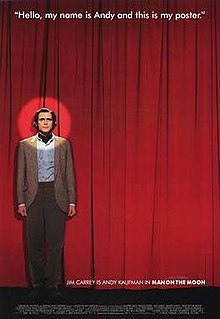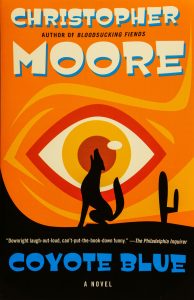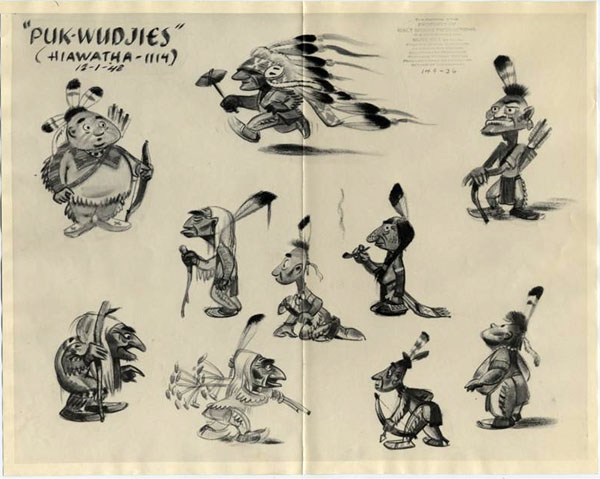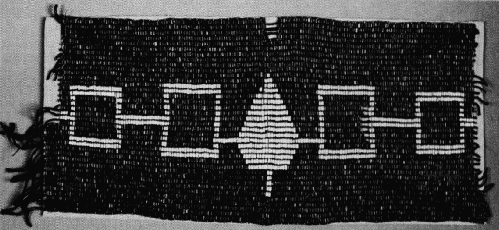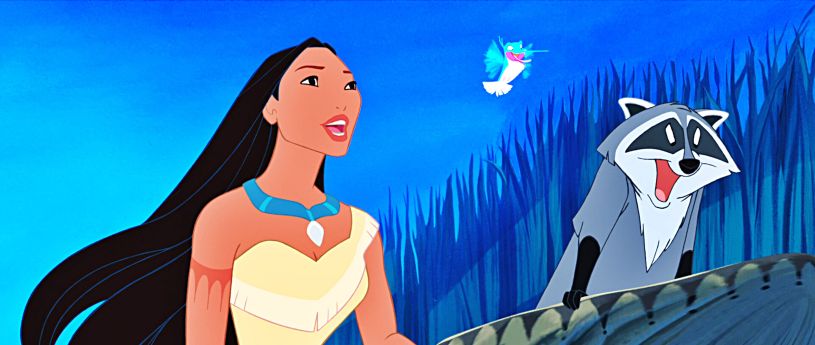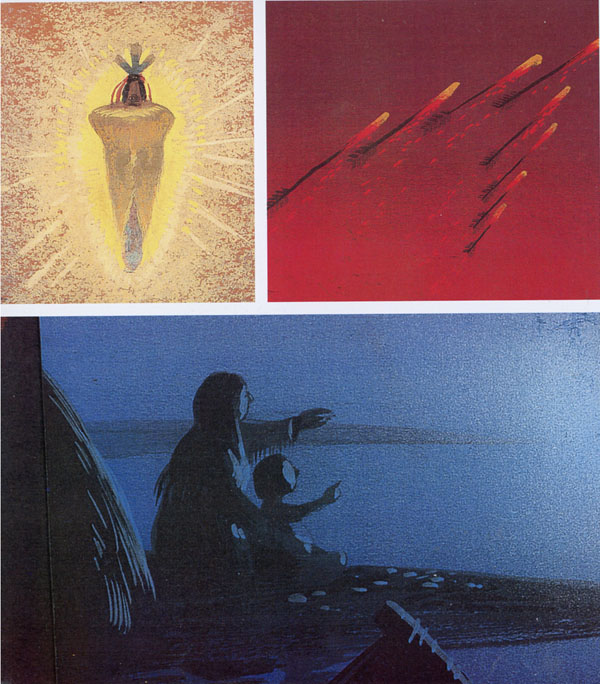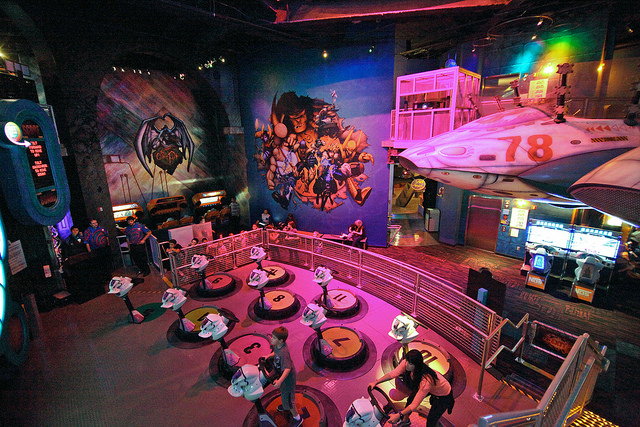Superman Flies with Coke!
National Enquirer, 2nd January Edition, 1995

We now know why Superman is faster than a speeding bullet and able to leap tall buildings in a single bound: he was higher than a kite! Superman Actor Robert Downey, jr., was busted on the Pacific Coast Highway last week, clocked at speeds over 103 MPH. Arresting officers found several grams of cocaine and two ounces of marijuana in the vehicle and a large concentration of alcohol and cocaine in his bloodstream. The Oscar-nominated superstar has been released on bail believed to be in the millions and his lawyers will only verify that the star was indeed arrested and charged with reckless driving, DUI, and misdemeanor possession.
Long regarded as a Hollywood “party boy”, Downey, a Hollywood legacy, has a history of sex and drugs[1] rather unbecoming of the Man of Steel. Which makes one wonder: will the arrest clip his wings? Warner Brothers has so far only said that they “take these allegations seriously.”
According to the Police report, Downey’s vehicle was seen by a police cruiser travelling at excessive speed at 2:21 AM on the night of… Cont’d on Pg. 2.
“HIV is Not a Punishment”
Charlotte Lewis Opens Up about Charlie Sheen, HIV, Activism, and Victim Blaming
People Magazine, May 1995 Edition
“AIDS is not justice, it’s tragedy.” Actor Charlotte Lewis was sitting in her backyard, a modest but elegant midcentury home in the Hollywood Hills. She looked healthy and radiant despite the deadly virus that infects her. Since revealing her diagnosis last year following former boyfriend Charlie Sheen’s death from AIDS, the young actress has seen the best and worst of humanity.
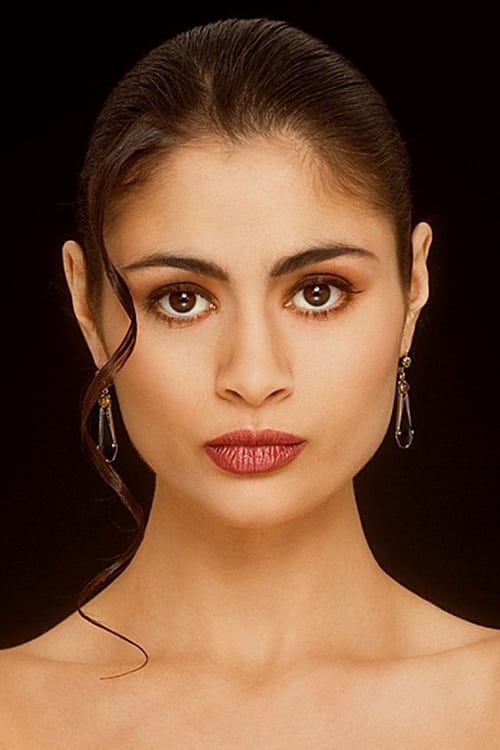
Lewis c1995 (Image source The Movie Database)
“People [since the diagnosis] tend to treat me as either damaged goods in need of pity or as a horrible slut who brought God’s wrath upon myself,” she said, the bitterness clear in her voice. “HIV is an epidemic, like polio, and yet we treat is as something to be ashamed of. That needs to end.”
Lewis, who had a two-year relationship with Sheen and almost certainly was first infected by him, is probably best known for her appearance as the acrobatic mystical warrior Kee Nang in The Golden Rose of Tibet with Mel Gibson. Since then, her star has faded, falling back on small roles and TV appearances, but Sheen’s tragic death and her own subsequent “outing” as HIV-positive have thrown her, not exactly willingly, back into the spotlight. But while other stars would retreat from the glare of the public attention, Lewis has risen to become, along with NBA star Earvin “Magic” Johnson, a symbol of the HIV Awareness movement, which seeks to destigmatize the disease and educate people on its causes, treatment options, and prevention.
And since her public admission of her infection, she has seen the best and worst of her fellow Americans and “learned who [her] true friends” were. “There’s a line of thought that suggests that I ‘deserve’ AIDS because I had a long-term relationship. That’s {expletive deleted}, of course, but a lot of people believe that. Does the seven-year-old who received a blood transfusion ‘deserve’ it too? How about the baby of the HIV-positive mother? It frankly says more about the character of the accuser than the victim. There’s also a sort of well-meaning pity-party approach that acts like they should walk on eggshells around me. It’s almost as frustrating since the people don’t realize how condescending that they are. Look, you want to know how to treat me, or any other HIV victim? How about Respect and Humanity?”
Lewis, since her diagnosis, has become the “face of AIDS” for many, though she has not yet shown symptoms of the immunodeficiency associated with advanced HIV infection. She credits new types of antiretroviral drugs as “lifesavers” in that respect and urges, along with respectful sympathy and awareness, that additional funding be given towards reducing the cost and regulatory hurdles associated with the drugs for those who need them. “In another five to ten years HIV may simply be something that you live with, rather than a death sentence. Until that day, and even after that day, we need to approach this as the public health crisis that it is and stop blaming victims or treating them like broken birds.”
Lewis first met Sheen on the set of… Con’t on Pg. 21.
Pearson Purchases Pinewood, Premiers “Penguin Pictures”
Pathé Partnership Probable, Possibly Pending
Empire Magazine, May 1995 Edition
London – Pearson, LLC, announced the acquisition of the venerable Pinewood Studios last month as a part of a major expansion in their entertainment arm, a deal that brings with it both the famous studio facilities, where such classic film series as the James Bond and Batman franchises have been filmed, the Rank Organization, and the string of associated cinemas. The announcement came with the premier of the new Penguin Pictures label, which will serve as Pearson’s first overtly cinematic label and the Pearson Entertainment Group’s premier brand.
Pinewood and Rank will join with existing Pearson Television production groups, which includes such labels as ACI, Thames, and Grundy, with ACI responsible for up to a fifth of all made-for-television films on the market today. Analysts are divided on whether Pearson will resurrect any of the old Rank film labels, such as the Eagle-Lion Films label, which began as a UK-US partnership, with many curious if such a label may be used for collaborations with the Disney-MGM company, with whom Pearson shares an ongoing theme park partnership.
Indeed, many in the industry are abuzz with exactly what this acquisition means for the complicated relationship that they have with “The Mouse”, particularly given Pinewood’s existing working relationships with Disney-MGM rivals United Artists and Warner Brothers.
Complicating matters further, Pearson recently announced that they will be hiring former Warner Brothers Chairman and CEO Richard A. Daly to head the new Pearson Entertainment Group. Daly is seen as a skilled and aggressive business leader, and one likely to drive fast and push hard. He is also a controversial choice, having been “retired early” following a notable gaffe involving the “Captain Planet Coalition”. As the head of Warner, Daly initiated a focused challenge to Disney on both the film and theme park fronts, initiating the lasting DC-Marvel film rivalry and bringing onboard former Disney Imagineering head C.V. Wood to turn the Six Flags theme park chain into the Warner Movie World chain, a direct peer and rival to both Disney and Universal. Whether Disney will remain in his sights, or whether he will ally with his old rivals in order to challenge his former bosses at Warner remains to be seen.
And then there is Pathé. The classic Continental company has reportedly been in open talks with Italian financier Giancarlo Parretti, who acquired the French company along with Cannon in the late 1980s following a string of underperforming films. Speculation of a partnership or even takeover of the studios is running high, particularly given that the two studios have continued to underperform under Parretti, who is himself facing multiple legal challenges springing from questionable business dealings in the 1980s[2]. “A Pearson-Pinewood-Pathé partnership would produce the largest primarily European-owned entertainment conglomerate since ACC before the Time merger,” said London financier Peter Hargreaves. “If Daly is able to effectively merge the many disparate elements of the combined companies, then Pearson Entertainment will be a true entertainment juggernaut able to hold its own against the many US-based titans.
“If he’s not, then the inevitable breakup will be calamitous.”
[1] The stresses of being elevated to the A-list as Superman has driven him into the worst aspects of addiction sooner than in our timeline.
[2] Parretti’s shady past and legal/financial challenges will ultimately drive him to sell Pathé and Cannon to Pearson shortly after this magazine publishes. Daly will be tasked with getting this hydra of an entertainment conglomerate to act as a single unit. And hat tip to @El Pip who came up with this wacky Pearson Entertainment/Richard Daly subplot. Stay tuned for more fun and games.
National Enquirer, 2nd January Edition, 1995

We now know why Superman is faster than a speeding bullet and able to leap tall buildings in a single bound: he was higher than a kite! Superman Actor Robert Downey, jr., was busted on the Pacific Coast Highway last week, clocked at speeds over 103 MPH. Arresting officers found several grams of cocaine and two ounces of marijuana in the vehicle and a large concentration of alcohol and cocaine in his bloodstream. The Oscar-nominated superstar has been released on bail believed to be in the millions and his lawyers will only verify that the star was indeed arrested and charged with reckless driving, DUI, and misdemeanor possession.
Long regarded as a Hollywood “party boy”, Downey, a Hollywood legacy, has a history of sex and drugs[1] rather unbecoming of the Man of Steel. Which makes one wonder: will the arrest clip his wings? Warner Brothers has so far only said that they “take these allegations seriously.”
According to the Police report, Downey’s vehicle was seen by a police cruiser travelling at excessive speed at 2:21 AM on the night of… Cont’d on Pg. 2.
“HIV is Not a Punishment”
Charlotte Lewis Opens Up about Charlie Sheen, HIV, Activism, and Victim Blaming
People Magazine, May 1995 Edition
“AIDS is not justice, it’s tragedy.” Actor Charlotte Lewis was sitting in her backyard, a modest but elegant midcentury home in the Hollywood Hills. She looked healthy and radiant despite the deadly virus that infects her. Since revealing her diagnosis last year following former boyfriend Charlie Sheen’s death from AIDS, the young actress has seen the best and worst of humanity.

Lewis c1995 (Image source The Movie Database)
“People [since the diagnosis] tend to treat me as either damaged goods in need of pity or as a horrible slut who brought God’s wrath upon myself,” she said, the bitterness clear in her voice. “HIV is an epidemic, like polio, and yet we treat is as something to be ashamed of. That needs to end.”
Lewis, who had a two-year relationship with Sheen and almost certainly was first infected by him, is probably best known for her appearance as the acrobatic mystical warrior Kee Nang in The Golden Rose of Tibet with Mel Gibson. Since then, her star has faded, falling back on small roles and TV appearances, but Sheen’s tragic death and her own subsequent “outing” as HIV-positive have thrown her, not exactly willingly, back into the spotlight. But while other stars would retreat from the glare of the public attention, Lewis has risen to become, along with NBA star Earvin “Magic” Johnson, a symbol of the HIV Awareness movement, which seeks to destigmatize the disease and educate people on its causes, treatment options, and prevention.
And since her public admission of her infection, she has seen the best and worst of her fellow Americans and “learned who [her] true friends” were. “There’s a line of thought that suggests that I ‘deserve’ AIDS because I had a long-term relationship. That’s {expletive deleted}, of course, but a lot of people believe that. Does the seven-year-old who received a blood transfusion ‘deserve’ it too? How about the baby of the HIV-positive mother? It frankly says more about the character of the accuser than the victim. There’s also a sort of well-meaning pity-party approach that acts like they should walk on eggshells around me. It’s almost as frustrating since the people don’t realize how condescending that they are. Look, you want to know how to treat me, or any other HIV victim? How about Respect and Humanity?”
Lewis, since her diagnosis, has become the “face of AIDS” for many, though she has not yet shown symptoms of the immunodeficiency associated with advanced HIV infection. She credits new types of antiretroviral drugs as “lifesavers” in that respect and urges, along with respectful sympathy and awareness, that additional funding be given towards reducing the cost and regulatory hurdles associated with the drugs for those who need them. “In another five to ten years HIV may simply be something that you live with, rather than a death sentence. Until that day, and even after that day, we need to approach this as the public health crisis that it is and stop blaming victims or treating them like broken birds.”
Lewis first met Sheen on the set of… Con’t on Pg. 21.
Pearson Purchases Pinewood, Premiers “Penguin Pictures”
Pathé Partnership Probable, Possibly Pending
Empire Magazine, May 1995 Edition
London – Pearson, LLC, announced the acquisition of the venerable Pinewood Studios last month as a part of a major expansion in their entertainment arm, a deal that brings with it both the famous studio facilities, where such classic film series as the James Bond and Batman franchises have been filmed, the Rank Organization, and the string of associated cinemas. The announcement came with the premier of the new Penguin Pictures label, which will serve as Pearson’s first overtly cinematic label and the Pearson Entertainment Group’s premier brand.
Pinewood and Rank will join with existing Pearson Television production groups, which includes such labels as ACI, Thames, and Grundy, with ACI responsible for up to a fifth of all made-for-television films on the market today. Analysts are divided on whether Pearson will resurrect any of the old Rank film labels, such as the Eagle-Lion Films label, which began as a UK-US partnership, with many curious if such a label may be used for collaborations with the Disney-MGM company, with whom Pearson shares an ongoing theme park partnership.
Indeed, many in the industry are abuzz with exactly what this acquisition means for the complicated relationship that they have with “The Mouse”, particularly given Pinewood’s existing working relationships with Disney-MGM rivals United Artists and Warner Brothers.
Complicating matters further, Pearson recently announced that they will be hiring former Warner Brothers Chairman and CEO Richard A. Daly to head the new Pearson Entertainment Group. Daly is seen as a skilled and aggressive business leader, and one likely to drive fast and push hard. He is also a controversial choice, having been “retired early” following a notable gaffe involving the “Captain Planet Coalition”. As the head of Warner, Daly initiated a focused challenge to Disney on both the film and theme park fronts, initiating the lasting DC-Marvel film rivalry and bringing onboard former Disney Imagineering head C.V. Wood to turn the Six Flags theme park chain into the Warner Movie World chain, a direct peer and rival to both Disney and Universal. Whether Disney will remain in his sights, or whether he will ally with his old rivals in order to challenge his former bosses at Warner remains to be seen.
And then there is Pathé. The classic Continental company has reportedly been in open talks with Italian financier Giancarlo Parretti, who acquired the French company along with Cannon in the late 1980s following a string of underperforming films. Speculation of a partnership or even takeover of the studios is running high, particularly given that the two studios have continued to underperform under Parretti, who is himself facing multiple legal challenges springing from questionable business dealings in the 1980s[2]. “A Pearson-Pinewood-Pathé partnership would produce the largest primarily European-owned entertainment conglomerate since ACC before the Time merger,” said London financier Peter Hargreaves. “If Daly is able to effectively merge the many disparate elements of the combined companies, then Pearson Entertainment will be a true entertainment juggernaut able to hold its own against the many US-based titans.
“If he’s not, then the inevitable breakup will be calamitous.”
[1] The stresses of being elevated to the A-list as Superman has driven him into the worst aspects of addiction sooner than in our timeline.
[2] Parretti’s shady past and legal/financial challenges will ultimately drive him to sell Pathé and Cannon to Pearson shortly after this magazine publishes. Daly will be tasked with getting this hydra of an entertainment conglomerate to act as a single unit. And hat tip to @El Pip who came up with this wacky Pearson Entertainment/Richard Daly subplot. Stay tuned for more fun and games.







